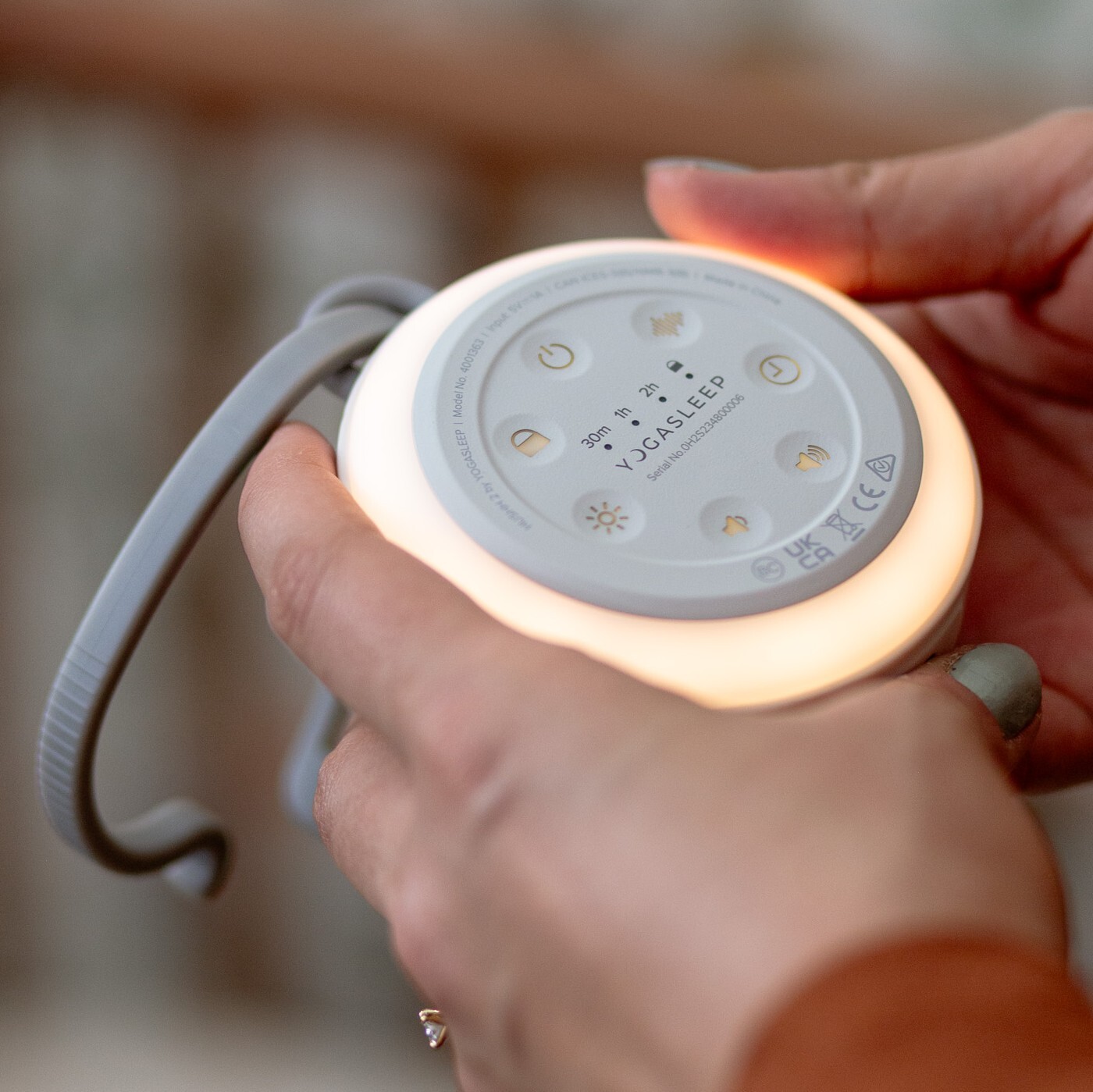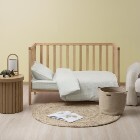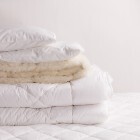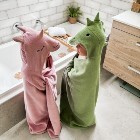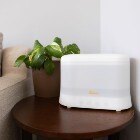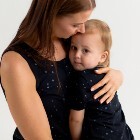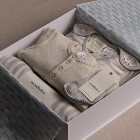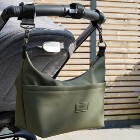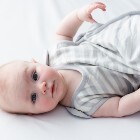AAP has updated its recommendation for infants to sleep close to the parents bed, but on a separate sleep surface designed for babies for at least 6 months. This is a change from previously which recommended babies sleep in the same room for their first year of life.
There are a number of considerations when choosing your baby's first bed and one of these is the amount of space you have. If you are short on space there are a number of bassinet and co-sleeper options which are small enough to fit close to your bed. These tend to be much smaller than a cot and will usually last the baby for 3-4 months, when they would likely outgrow it and need to move to a cot. At this point you could move the cot into your bedroom to keep the baby close, but in their own safe sleep space.
Bedsharing. The AAP recognises that accidental bedsharing can occur when parents fall asleep whilst feeding their baby, particularly when tired or the babies are colicky. But let's face it, what parent isn’t tired?!
So, whilst bed sharing isn’t recommended by AAP or us, there are ways you can make bed sharing safer. We recommend you prepare safe sleep spaces in advance to ensure your baby has all their sleeps safely. For example, if you’re feeding your baby in the lounge, have a moses basket or sleep tight baby bed near your feeding chair, so if you’re feeling like you might nod off, you can place the baby in their own sleeping space to ensure they’re as safe as they can be. Sleeping with baby on a sofa or chair is the most dangerous sleeping option.
Even if you’re not intending to bedshare, we strongly recommend you take the time to make your bed as safe as possible in case of accidental bed-sharing.Making a few simple changes to your sleep environment can make it all the more safer should you accidentally fall asleep while doing a night feed. Remove any mattress toppers to ensure your mattress is firm, make sure you have a firm mattress, ensure pillows and loose bedding is moved away from baby and ensure baby can’t fall and become entrapped between the wall and the bed.
“The AAP understands and respects that many parents choose to routinely bed share for a variety of reasons, including facilitation of breastfeeding, cultural preferences, and belief that it is better and safer for their infant. However, based on the evidence, we are unable to recommend bed sharing under any circumstances. Having the infant close by their bedside in a crib or bassinet will allow parents to feed, comfort, and respond to their infant’s needs.“ Bedsharing can increase the baseline risk of SUDI by between 2 and 10 times depending on other risk factors such as bed-sharing with someone impared by their alertness or bed sharing on a soft surface such as the couch or armchair.




